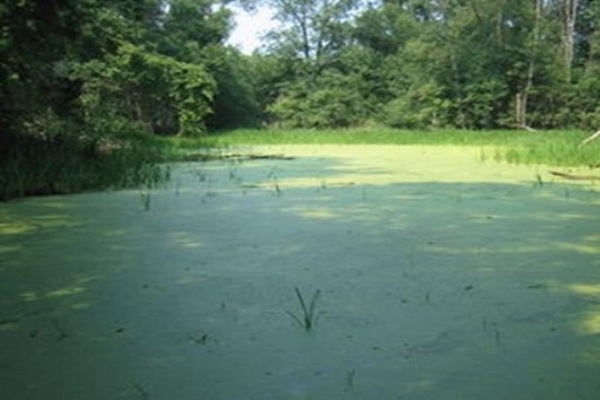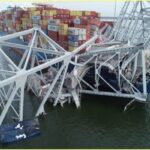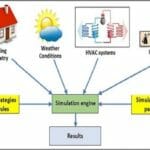- Course No E – 2061
- PDH Units: 8
No data found for Custom Course Number
No data found for Custom Course Units
- Course No E – 2061
- PDH Units: 8
Intended Audience: Civil, Environmental, Ecological, Geotechnical, and Water Resources Engineers.
PDH UNITS: 8
Eutrophication is a complex ecological phenomenon that occurs in freshwater ecosystems, primarily in ponds, lakes, rivers, and reservoirs. It is characterized by an excessive accumulation of nutrients, mainly nitrogen and phosphorus, in the water, leading to profound changes in the aquatic environment. This course provides a general overview on the topic of freshwater pond eutrophic mitigation measures. Topics included are management methods for nutrient control, fish and aquatic life, sedimentation, proper aeration and water circulation. Also sections on pond assessment and diagnostics, as well as proper pond system monitoring, permitting, and other regulatory compliance concerns.
Learning Objectives
At the successful conclusion of this course, you’ll be able to identify and discuss:- Importance of Eutrophication Mitigation
- Eutrophic Mechanisms
- Pond Assessment and Diagnosis
- Nutrient Management Strategies
- Algae Control and Management
- Aeration and Water Circulation
- Sedimentation Management
- Phosphorus and Nitrogen Reduction and Removal
- Vegetation and Habitat Restoration
- Fish and Aquatic Life Management
- Importance of Stakeholder Engagement
- Monitoring and Adaptative Management
- Regulatory Compliance and Permitting
- Case Studies, Lessons Learned from Successful Projects
- Future and Emerging Trends in Eutrophic Mitigation
Once completed, your order and certificate of completion will be available in your profile when you’re logged in to the site.










